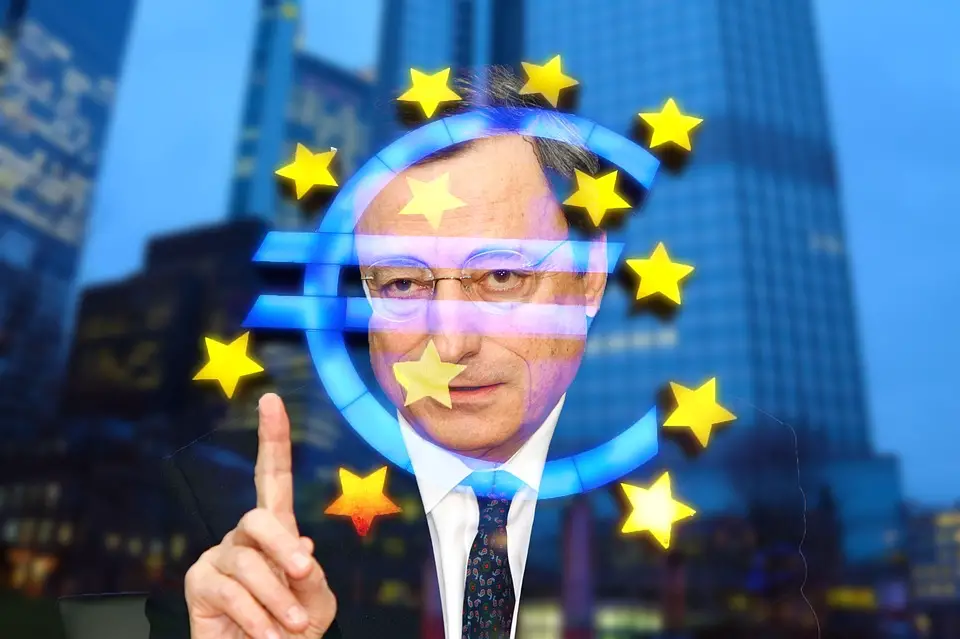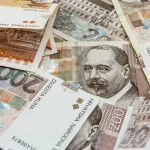
As Ljubica Gataric/VL/Poslovni Dnevnik writes on the 14th of November, 2020, back in July this year, Croatia joined the European Exchange Rate Mechanism (ERM II) and the Banking Union, which is one of the last formal steps towards Eurozone entry.
The positive response from Frankfurt and Brussels was waited on for about a year, and it came during an extremely difficult period in which the coronavirus pandemic dominated, acting as an important signal that Croatia will not have to fight the consequences of this unprecedented crisis alone.
Three months earlier, the decision was preceded by an agreement between the European and Croatian central banks, according to which Croatia received two billion euros to have at its disposal to keep the national exchange rate stable. The validity of the currency swap was extended until the middle of next year, which effectively accepted the Croatian kuna as part of the European monetary system.
So far, the CNB hasn’t used this lever, ie, it didn’t have to exchange Croatian kuna for euros with the European Central Bank in order to defend the exchange rate. Despite the fact that such a move ended up not being necessary, this reserve was psychologically extremely important when, due to quarantine measures and the spread of the novel coronavirus, SARS-CoV-2, things went downhill. The CNB’s foreign exchange reserves were more than enough to alleviate initial exchange rate pressures and allow for the unhindered financing of the state budget, and after their reduction of approximately 2.5 billion euros, the amount of reserves returned to the levels we had before the coronavirus pandemic struck. If the economy recovered at that speed, there would be less fear and uncertainty about the arrival of the second wave.
The Croatian authorities hope that Eurozone entry will see the kuna replaced by the euro as Croatia’s official national currency by the year 2023, and in line with this intention, a budget proposal for next year has been prepared, which envisages reducing the budget deficit below 3 percent and gradually lowering public debt, which has increased significantly this year.
In the coming days, the last strategic document related to Croatian Eurozone entry should be presented to the public – the National Plan for the Exchange of the Croatian Kuna with the Euro, which will provide numerous technical details related to the exchange of currencies.
“Consultations with stakeholders involved in this process have already been carried out, and after its drafting, which is nearing completion, the adoption of this plan will follow at the level of the Croatian Government,” said Zvonimir Savic, the Prime Minister’s advisor.
CNB Governor Boris Vujcic believes that “on the way to the euro, a dynamic recovery of the economy and the keeping hold of fiscal indicators within the reference framework from next year is crucial.”
The national exchange plan should state how the procurement and distribution of cash will be organised, and this should include numerous things, such as where and within what period citizens will be able to exchange kuna cash for euros, how to convert kuna deposits and loans, but also other financial instruments, such as how interest rates will be adjusted, how prices will be recalculated, how the government will protect consumers from incorrect price recalculations and how the Croatian legal framework will be adjusted for the needs of Eurozone entry.
As citizens fear that Croatia’s Eurozone entry will negatively effect living standards, a special emphasis will be placed on measures to curb rising prices. A survey related to the introduction of the euro showed that citizens are mostly worried about possible price increases. “We must now work on talking more about the examples of other countries, where the exact opposite happened – the standard of living of citizens has risen after the introduction of the euro,” said Vujcic. The central parity for replacement is set at the level of 1 euro = 7.53450 kuna, and the general opinion is that in the following period the exchange rate will be held around that same established parity.
Croatia and Bulgaria are also the first candidates for entry into the banking union before the formal adoption of the single currency, and the ECB recently announced the results of the first ”stress test” of five Croatian banks, which showed they all meet Eurozone and European Banking Union criteria. Every new member that joins the European Union has legally committed itself to adopting the euro, but there is no deadline within which it must do so, nor is the adoption of a common currency a unilateral decision. Only the United Kingdom successfully secured an opt out.
Of the new EU members, the Czech Republic, Poland, Hungary, Romania, Bulgaria and Croatia still haven’t adopted the euro as their currency.
For the latest travel info, bookmark our main travel info article, which is updated daily.
Read the Croatian Travel Update in your language – now available in 24 languages
Join the Total Croatia Travel INFO Viber community.









